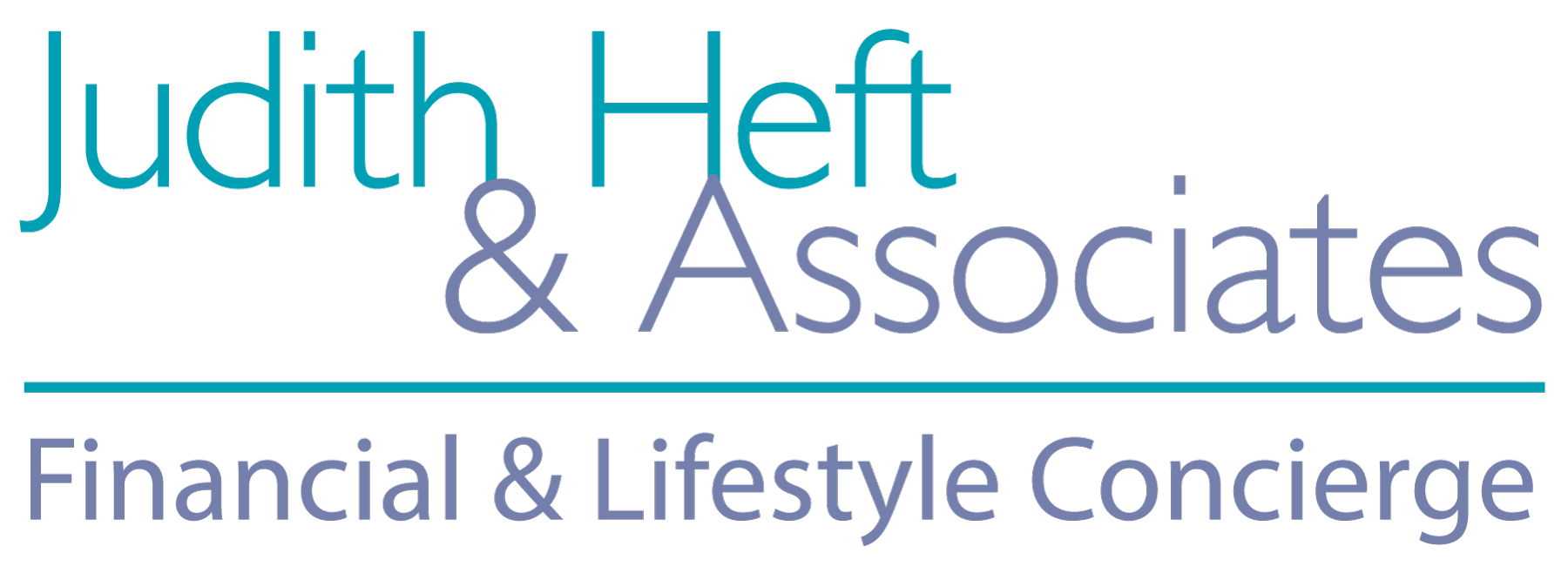The end of the year is always a great time review your finances. Hopefully you’ll be getting a big bonus and you’ll be able to wipe out some of your bad financial decisions from throughout the year—or, alternatively, make sure you reach the yearly maximum contribution to your IRA. And the earlier you start, the smarter you are, because it does add up.
Question: But I’m not young or smart, what can I do?
Answer: Thankfully there are people to help you, called Certified Financial Planners, or CFPs. After finding a well recommended CFP with strong ties to your community, he or she will go into the details and merits of the different types of IRAs.
In the meantime, here’s a quick cheat sheet to get you started:
- Traditional IRA
- All contributions come from pre-tax dollars.
- You can only contribute up to the amount determined by certain tax laws, which base that amount on your earnings.
- You are required to take your first distribution (the required minimum distribution or RMD) no later than your 70 ½ “birthday.”
- All contributions for a certain year must be made before April 15 of the following year. Gains aren’t taxed until they’re withdrawn, and then they are considered ordinary income.
- Withdrawals before age 59 ½ are subject to income tax and a 10% penalty.
- Roth IRA
- Only people who make less than $183,000 per year are eligible for full contributions to Roth IRAs; people making up to $193,000 per year may make partial contributions.
- People under 50 can contribute $5,500 per year to a Roth IRA—but that applies to all Roth IRAs across different institutions if you have more than one.
- People over 50 qualify for a “catch-up” contribution limit of $6,500, or $1,000 per year more than those under 50.
- Roth IRAs are funded by your post-tax dollars, but distributions are not taxed.
- Simplified Employee Pension (SEP)
- You must be self-employed, though there is no prohibition of having other, part-time jobs.
- Contributions are limited to 25% of your income or $54,000 for 2017 ($53,000 for 2015 and 2016 and subject to annual cost-of-living adjustments for later years).
- If you own a business with employees, your employees must be offered a SEP with contributions proportional to the amount you allow for yourself, based on salary or wage.
- Contributions to a SEP do not affect your limits to a Traditional or Roth IRA that you self-fund.
- All other rules for a SEP are the same as a Traditional IRA.
Note: The person or persons you wish to receive your assets upon your death should be named in your IRA beneficiary document. IRA assets should not be passed through your will.
All IRAs are excellent retirement-savings tools because the money you accumulate grows tax free. Even if you don’t contribute to it, you can feel a little more peace of mind by just having one, knowing that whatever money is in there will compound and grow. Contact me for a referral!

Recent Comments